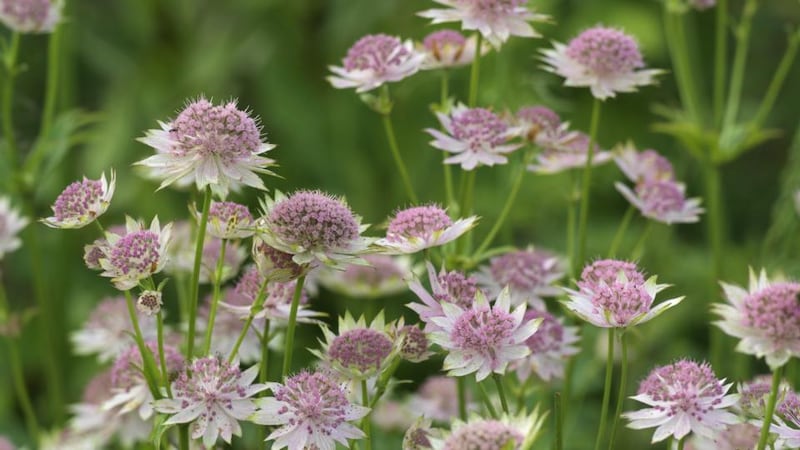Even if you’ve already netted them, it’s still worth examining brassica crops for any signs of the eggs or caterpillars of the cabbage white butterfly, as sometimes a solitary butterfly can find its way through a small gap without being noticed. Similarly, keep a watchful eye on ornamental members of the cabbage family such as nasturtiums, which can also act as hosts. These caterpillars can be either bright green (those of the small white butterfly) or yellow and black (the large white butterfly). Remove them by hand, using your thumb to squash the eggs, found on the back of the leaves. With severe infestations, spray crops with the organically-approved biological pesticide, Bacillus thuringiensis, available from fruithillfarm.com
If you have a birdbath in your garden, prevent the spread of bird diseases by giving it a thorough scrub, using a well-diluted disinfectant to remove any traces of algae, bird dropping or dead leaves. Rinse it thoroughly before refilling with fresh water to a depth of between 2.5cm-10cm.
Give flowerbeds a facelift by systematically working your way through them, removing weeds, and cutting back any overly sprawling foliage as well as the spent flower-heads of perennials such as astrantias, geraniums, delphiniums, Lady’s mantle and foxgloves. Continue carefully dead-heading annuals such as Calendula, Tagetes, Cosmos, Argyranthemum and Ammi to keep them flowering . If you grow sweet rocket, dig out the spent plants and put them on the compost heap, leaving just a few to self-seed. Fill the gaps with dahlias, which will flower from July until the first frosts.

Plant out young kale plants before they become pot-bound, spacing the plants 6ocm apart, with 50cm between rows. A member of the brassica family, this vitamin-rich leafy vegetable likes a fertile soil in full sun. It’s too late to sow seed but you should be able to find young kale plants in garden centres, some varieties of which are so ornamental that they also earn a spot in the flower border. In particular, look out for “Redbor” (purple-red, frilly leaves), “Nero di Toscana” (also known as cavolo nero, long blue-black leaves) and “Red Russian” (green leaves with pink-red ribs and veining).





















